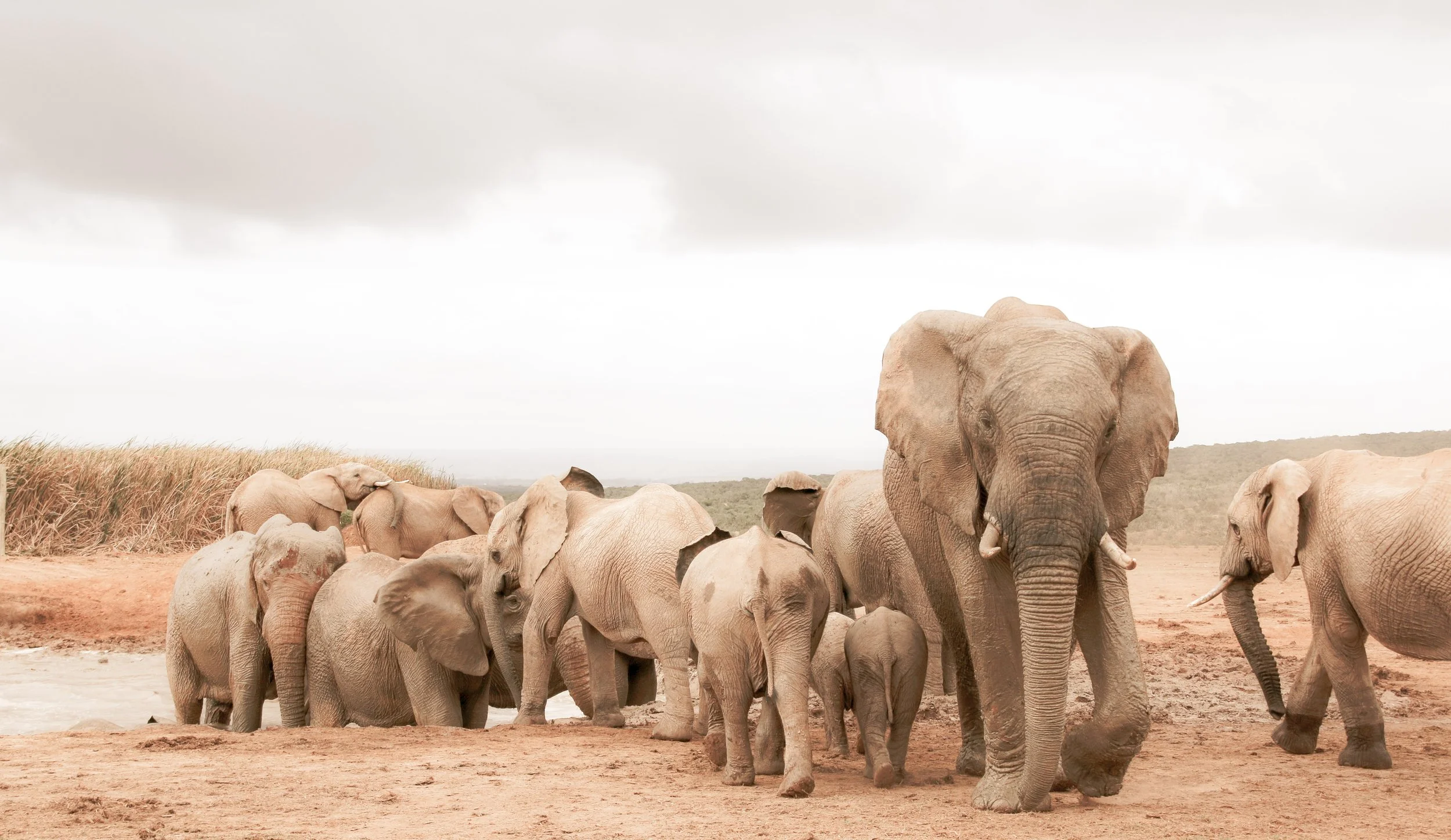Research finds that reconnection of elephant populations in southern Africa is vital
As first appeared in Okavango Express in Botswana, here. Written by Boniface Keakabetse.
October 26 2022
The region is home to 80% of the world’s savanna elephants, but habitat loss and fragmentation will pose a threat to their survival
Millions of these gentle giants once roamed the continent, but culling and hunting decimated their populations in the 20th century.
I
mage by Glen Carrie.
A new study by the University of Pretoria, Duke University and Elephants Without Borders has highlighted the importance of reconnecting elephant habitats by opening safe corridors for elephant dispersal in Southern Africa.
The recent study published in the scientific journal PLoS ONE underscores the importance of reconnecting elephant habitats through safe corridors.
Using satellite telemetry data in about 1.2 million locations, the researchers tracked 261 elephants across southern Africa showing that natural features limit elephant movement, further identifying human factors such as fences that prevent or restrict their dispersal.
The paper focuses on southern Africa (Angola, Botswana, Malawi, Mozambique, Namibia, South Africa, Zambia, and Zimbabwe), which spans nearly million square kilometres and contains approximately 80% of the world’s savannah elephants mostly living on about 900,000 square kilometres of protected area.
Elephant Without Borders highlighted that the study considers the prospects for improving connections between protected areas that harbour the remaining elephant populations of the region.
“In essence, elephants are not demanding. They need space, water, grass, and trees, as well as freedom from harassment,” the organisation said in a statement
“However, savanna Africa is no longer theirs. People now dominate 80% of the land they used to live on prior to colonial developments. Their compression into protected areas benefits them, but not for long, as confinement creates problems. Confinement to protected areas and the fragmentation of the once continuous population, have adverse demographic and genetic consequences for elephants, all which are against the first principles of conservation. We therefore urgently need a solution.”
The researchers advise that reconnecting nature offers a solution, reiterating that the resulting connectedness and enlargement of protected estates agrees with the guiding principles of the Global Deal for Nature (GDN) to enhance the connectivity of protected areas to improve population viability and persistence, especially of large-bodied herbivores.
For many parts of Africa, the answer of whether it is possible to reconnect elephant populations into a more robust metapopulation is not only dependent on environmental or anthropogenic limitations, but rather on socio-political will.
“Will governments cooperate? If so, where and what are the constraints to be considered: fences, water, terrain, suitable and safe habitat, communities and cattle, open corridors or is it mainly socio-political will? These are undoubtedly difficult questions, but we must pose them when seeking connectivity across a continent,” states Elephants Without Borders.
They further underscore that the network of protected areas provides a foundation, warning that long-term population stability will, however, be difficult at best without the dispersal of elephants.
“In cooperation with local communities and governments, protecting the connections identified here for elephant dispersal may represent some of our best chances at a sustainable future for elephants,” it concluded.
This article is reproduced here as part of the African Conservation Journalism Programme, funded in Angola, Botswana, Mozambique, and Zimbabwe by USAID’s VukaNow: Activity. Implemented by the international conservation organisation Space for Giants, it aims to expand the reach of conservation and environmental journalism in Africa, and bring more African voices into the international conservation debate. Written articles from the Mozambican and Angolan cohorts are translated from Portuguese. Broadcast stories remain in the original language.

